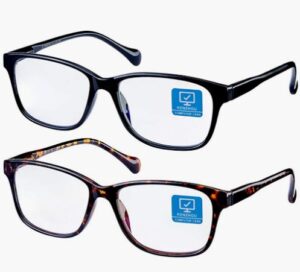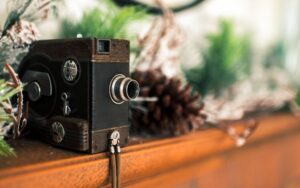The hardest part of using a body camera is probably getting the proper angle while concentrating on avoiding injury while grabbing some air.
The action camera can be mounted to the body in a number of different ways to capture a distinctive and compelling camera angle, regardless of whether the content creator is in the shot or not. Continue reading, you will learn 12 ways to mount the camera on the body.
Table of Contents
What is the Mount on Cameras Called?
A lens mount is an interface – mechanical and often also electrical – between a photographic camera body and a lens.
Can You Wear a GoPro on Your Body?
Using a GoPro as a wearable camera is as simple as picking the right mount, strapping it on, and getting out. One of the best ways to wear a GoPro is with a hand or wrist strap, which gives you similar control and viewing options to a hand-held camera. Take a selfie with your wrist turned.
How Do You Attach An Action Camera to Your Body?
The top 12 ways to attach an action camera to your body are listed below.
The Classic Helmet Mount
Despite the fact that helmet mounts have been around since Nick Woodman started selling GoPro cameras from the trunk of his car, there is a reason why they are still widely used. They do the job, and since the majority of action enthusiasts wear a dome anyway, a good helmet mount will prevent the camera from getting in the way so the user can focus on getting the best run that is worthwhile.
There are typically two types of helmet mounts available: a straight-mounted adhesive and a curved model that more closely conforms to the shape of the helmet. Choosing the curved helmet model will ensure a more secure fit because the straight mount is actually better suited to mounting a camera to a flat surface.
The Hat Mount
If you enjoy wearing hats, there is also a clip-on hat mount (known as a Quick-Clip) that keeps the camera at eye level and makes it simpler to take off by simply sliding the mount off the hat’s bill.
The Head Strap Mount
When wearing a hat or helmet is not preferred or necessary, an elastic head strap mount is an option. However, if the elastic is tightened up, it can feel uncomfortable near the location of the hard plastic camera mount. It can be a headache for sure after crashing. Still, it works.
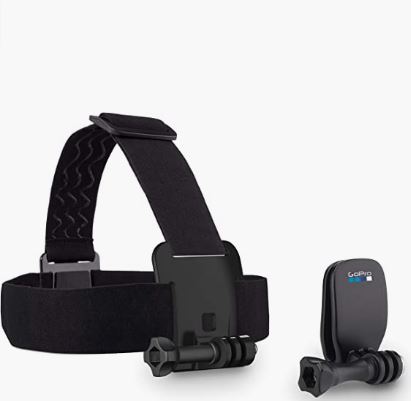
The Mask Mount
The mask mount is a favorite among scuba divers who want to mount a camera for a first-person POV. It is very comparable to the Headstrap. One of the most well-liked places the mount is the OctoMask, a scuba mask whose design places it in the top middle.
The Chest Mount
Known as “The Chesty,” a chest mount is a bit more involved, as the athlete has to wear an elastic harness around their torso, which will house the action camera on the chest. This will work, but the angle is lower than the first-person perspective, and when snowboarding side-footed, the camera doesn’t exactly point straight ahead. The arms or additional harnesses may also block the view of the chest mount. The chest mount is a worse option than, say, a backpack mount when wearing a parachute harness, for example.
The chest mount can also be constrictive, though some come with a pad that makes wearing the hard plastic portion of the mount at least a little bit more comfortable.
The Bite Mount
The bike mount is second only to the helmet mount for obtaining a genuine first-person viewpoint. The mount was created so that the camera could be placed in the mouth and securely held in place by biting down. Since it was first introduced, the Bite Mount has gained popularity among skydivers and surfers alike. When used underwater, it has a floaty attachment that can help the camera float after a surfer goes down in a big wave as it breaks. Although it’s likely that finding the camera after losing consciousness will take some time. However, there is little chance of breaking a tooth when using a gel mount guard.
The Shoulder Mount
Shoulder mounting is preferable to chest mounting. The camera mount is placed on the shoulder, keeping it pointed in the direction that the shoulder faces. It is similar in design to the chest mount with a torso strapping harness. Again, snowboarders probably won’t use this frequently, but a biker definitely would. Unfortunately, it has the same restraints as the chest mount.
The Finger Grip Mount
The design of a finger grip mount is very similar to pulling the trigger of a gun, except that the finger is holding the camera. The finger grip mount allows one to point the camera anywhere while remaining confident that it won’t fall out of their hand or move from where it is pointed thanks to its circular grip and accompanying half-round clip. Additionally, for some fine-tuning of the angle, the finger grip typically has an articulation range of about 120 degrees. The finger grip’s one drawback is that it only functions with the Sony line of action cameras, though it is also available with an optional LCD screen.
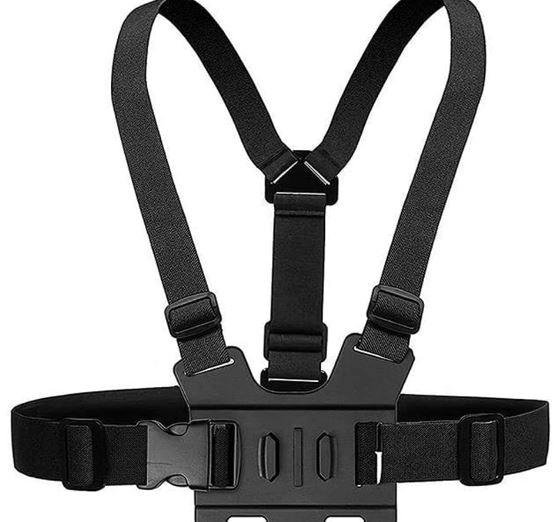
The Backpack Mount
Another mount option is a backpack mount, which functions similarly to the shoulder mount but is fastened to the backpack’s strap. Although similar to the chest mount, the backpack mount is preferable because it can frequently be taken off without removing the harness. The backpack alternative also eliminates the possibility of a constricting harness around the torso while attempting a tail grab.
The Wrist (or Hand) Mount
The wrist mount is intriguing for a number of reasons, but its point-and-shoot feature stands out. The camera follows the direction that the hand is pointing. In addition to allowing the user to control the camera with their hand, wrist mounts also feature a 360-degree rotating platform that can be quickly turned into a selfie camera. This also makes it perfect for skydivers who want to take a selfie while falling from a natural position.
The Magnetic Mount
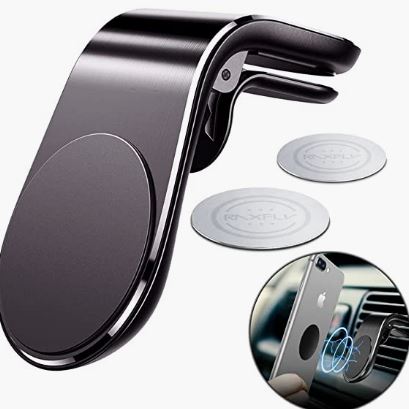
A magnetic mount is a good option if you want to photograph a peaceful day at the lake or in a park, but it’s not really the best for action-packed extreme applications. The magnetic mount, which consists of two magnetic plates, can be attached to almost anything, including clothing, bags, and even hats. Although it’s unlikely that the lightweight action camera will add much weight, the dual magnetic design makes it secure.
How Does a Body Camera Work?
Body-worn cameras are small cameras that can be clipped onto a police officer’s uniform or worn as a headset and turned on to record video and audio of law enforcement encounters with the public. GPS coordinates, time stamps, and other data are frequently saved with the video. Real-time video streaming is available on some body cameras.
How Do You Know If Body Cam is Recording?
Will the body camera flash or otherwise make a sound when it is recording something? For officer safety concerns, the body camera will not have a flashing light or another indicator that it is recording. The best generalization is that you should always assume that an officer is recording while performing their job.
Conclusion
There are countless angles for capturing the moment with an action camera mounted to your body thanks to the variety of options available, especially from a first-person perspective. And as time goes on, a mount that will keep the action camera safe no matter where it ends up on the body is certain to emerge.

